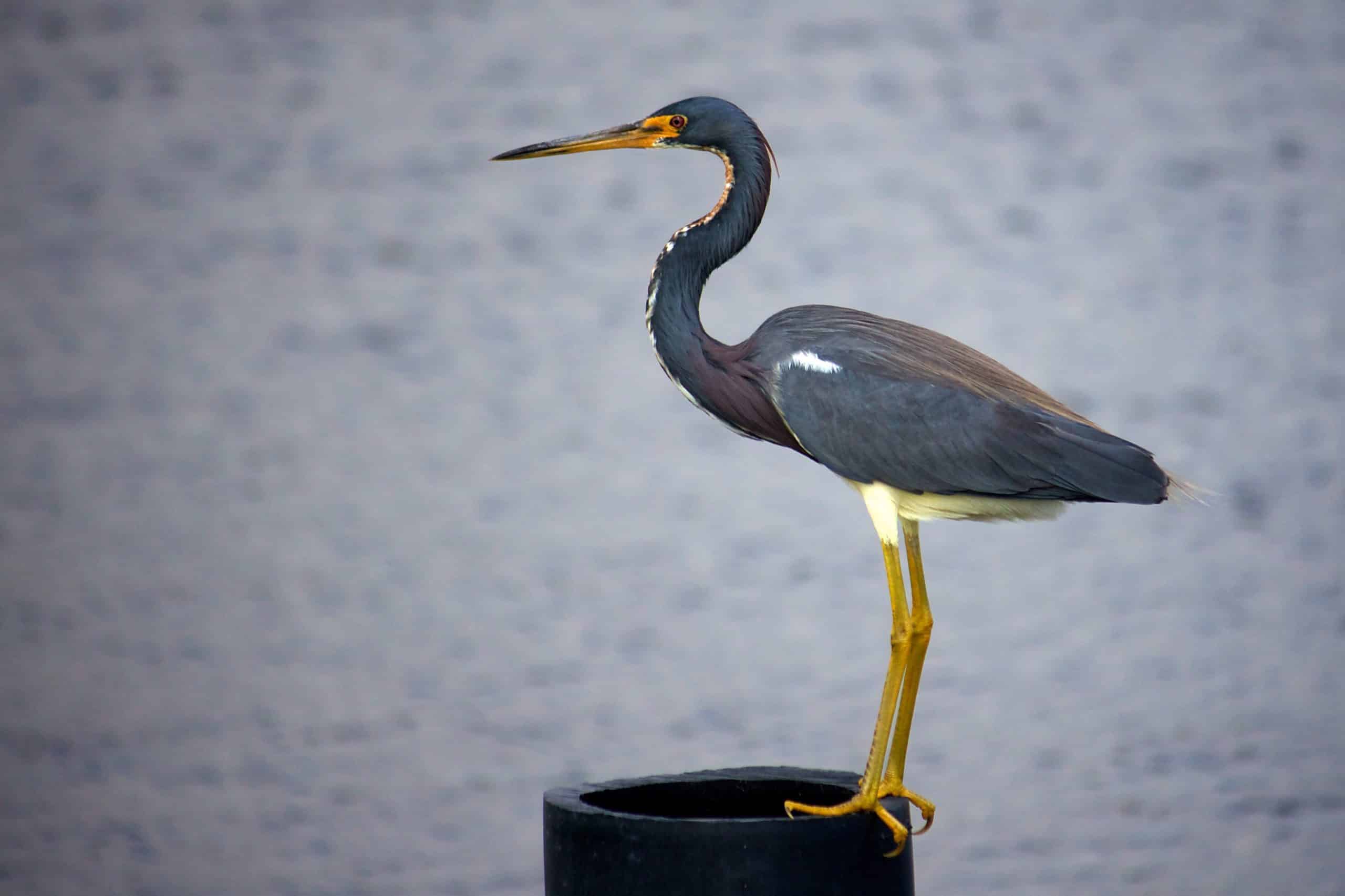To inform the planning, design, and implementation of Deepwater Horizon restoration and related projects that support birds, the Louisiana Trustees have released the Guidance for Coastal Ecosystem Restoration and Monitoring to Create or Improve Bird-Nesting Habitat document. This guidance is intended to provide specific and detailed information on designing ecosystem restoration projects that support nesting birds within coastal marsh, barrier island, and ridge habitats.
The document meets a need identified by restoration practitioners and coastal restoration managers for project-level guidance on ecosystem restoration and monitoring to create or improve habitat for coastal nesting birds. While written for Louisiana’s coastal areas, the guidance may be applied to projects in other areas having similar conditions. It has as its foundation important precursor guidance documents: the Deepwater Horizon Natural Resource Damage Assessment Programmatic Restoration Plan, the Trustee Council’s Strategic Framework for Bird Restoration Activities, and the Gulf of Mexico Avian Monitoring Network’s Strategic Bird Monitoring Guidelines for the northern Gulf of Mexico. However, these existing framework and strategy documents primarily focus on a high-level, programmatic scale of restoration goal setting, monitoring, and reporting.
 Tricolor heron (Credit: USFWS)
Tricolor heron (Credit: USFWS)
The Guidance for Bird-Nesting Habitat drew upon the expertise of bird experts, wetland scientists, ecologists, wildlife and land managers, engineers, and many others. Louisiana Trustees conducted more than 100 facilitated calls and working sessions to gather input. In addition, an extensive review of previous restoration projects identified lessons learned which informed the guidance document.

